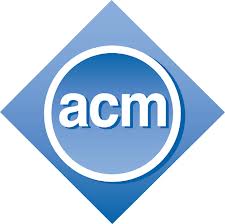Abstract
Systematic exploration of Android apps is an enabler for a variety of app analysis and testing tasks. Performing the exploration while apps run on actual phones is essential for exploring the full range of app capabilities. However, exploring real-world apps on real phones is challenging due to non-determinism, non-standard control flow, scalability and overhead constraints. Relying on end-users to conduct the exploration might not be very effective: we performed a 7-user study on popular Android apps, and found that the combined 7-user coverage was 30.08% of the app screens and 6.46% of the app methods. Prior approaches for automated exploration of Android apps have run apps in an emulator or focused on small apps whose source code was available. To address these problems, we present A 3E, an approach and tool that allows substantial Android apps to be explored systematically while running on actual phones, yet without requiring access to the app’s source code. The key insight of our approach is to use a static, taint-style, dataflow analysis on the app bytecode in a novel way, to construct a high-level control flow graph that captures legal transitions among activities (app screens). We then use this graph to develop an exploration strategy named Targeted Exploration that permits fast, direct exploration of activities, including activities that would be difficult to reach during normal use. We also developed a strategy named Depth-first Exploration that mimics user actions for exploring activities and their constituents in a slower, but more systematic way. To measure the effectiveness of our techniques, we use two metrics: activity coverage (number of screens explored) and method coverage. Experiments with using our approach on 25 popular Android apps including BBC News, Gas Buddy, Amazon Mobile, YouTube, Shazam Encore, and CNN, show that our exploration techniques achieve 59.39–64.11% activity coverage and 29.53–36.46% method coverage.








